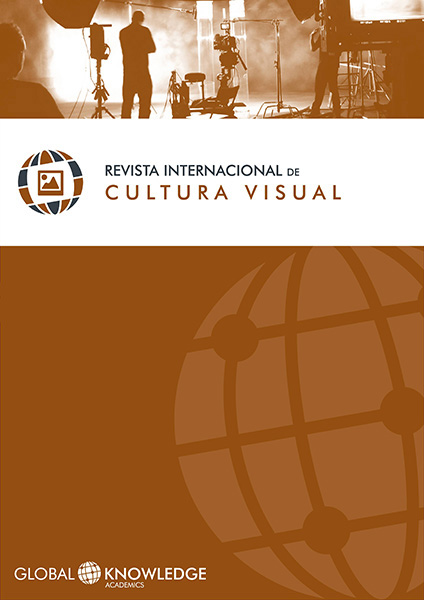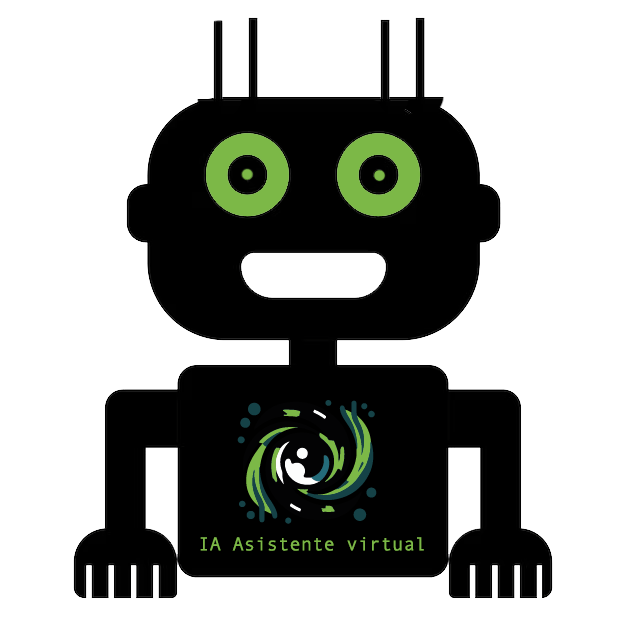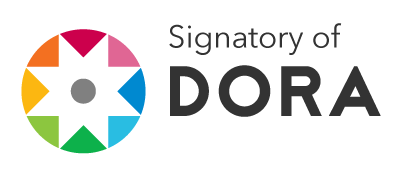Religious Parties, Senses and Images at Brasil Central Television (Goiás-Brasil)
DOI:
https://doi.org/10.37467/gka-revvisual.v2.658Keywords:
Religious Party, Image, Television, Identity, Brazilian ReligiosityAbstract
Festivity religious's image as identity vector proportionate various indentures of television narratives, searching, capturing aspects from the quotidian and from the party, rebuilding narratives and images offer by parties's actors. The religious parties that occur at Brazilian countryside has signs that evoke permanences from colonial and imperial era, that accomplish them as important pieces to build the person's belonging notion. The local identity elaboration translated by significant images shows them with intensity in the televised performance. At bidding of this element that promote by Goiás' mass means of communication, the religious parties and hers instruments, reminding a tradition, are shown as catalyzing elements of this identity. In this article we search observe the religious parties images and a typically local faith elaboration as significant elements of television narratives, where this manifestation actor shows significant elements to him, full of sense, interposing and showing a relational perception between quotidian and party's period to the individuals that gain, in this way, possibility to assimilate this belonging element.
Downloads
Global Statistics ℹ️
|
449
Views
|
310
Downloads
|
|
759
Total
|
|
References
Aquino, V. L. (2007). Peregrinos do pai eterno: os carreiros de Damolândia na Festa de Trindade – GO. Rio de Janeiro: Instituto de Filosofia e Ciências Sociais.
Benjamin, W. (1996). Obras escolhidas I: magia e técnica, arte e política. São Paulo/SP: Brasiliense.
Castro, A. L. de. (2007). Culto ao Corpo e estilos de vida: o jogo da Construção de identidades na Cultura Contemporânea. In Perspectivas (pp. 137-168). São Paulo: UNESP.
Duarte, V. G. (2004). O carreiro, a estrada e o santo:um estudo etnográfico sobre a romaria do Divino Pai Eterno. Goiás: Instituto Goiano de pré-história e antropologia.
Franklin, M. (2014). Entrevista concedida por Michel Franklin para Givaldo Corcinio.
Furtado, D. (2014). Entrevista concedida por Dirceu Furtado para Givaldo Corcinio e Valéria C. Pereira da Silva.
Hall, S. (2006). A identidade Cultural na pós-modernidade. Rio de Janeiro/RJ: DP&A.
Meira, E. da S. (2009). No lugar da Rua do Porto, das poéticas de uma Festa. Campinas: Instituto de Artes.
Nascimento, S. (1998). A romaria do Divino Pai Eterno. Revista Travessia – revista do Migrante, XI (31), CEM, São Paulo. DOI: https://doi.org/10.48213/travessia.i31.634
Siqueira, S. A. de. (2010). Religião e religiosidade: Continente ou conteúdo? In A.A.F. Assis e M. Salgado Pereira (orgs.), Religiões e Religiosidades: Entre a tradição e a modernidade (pp.143-157). São Paulo: Paulinas.
Temer, A. C. (2012). Televisão: A padronização cultural do interior do Brasil. Palestra de abertura do Encontro Nacional da ALCAR-CO, Dourados/MS.
Vilhena, M. Â. (2003). O Peregrinar: Caminhada Para a Vida. In E. S. Abumanssur (org.), Turismo Religioso: Ensaios Antropológicos sobre Religião e turismo (pp. 11-27). Campinas/SP: Papirus.
Wunenburger, J.-J. (2007). O imaginário. São Paulo/SP: Loyola.
Downloads
Published
How to Cite
Issue
Section
License
Those authors who publish in this journal accept the following terms:
-
Authors retain copyright.
-
Authors transfer to the journal the right of first publication. The journal also owns the publishing rights.
-
All published contents are governed by an Attribution-NoDerivatives 4.0 International License.
Access the informative version and legal text of the license. By virtue of this, third parties are allowed to use what is published as long as they mention the authorship of the work and the first publication in this journal. If you transform the material, you may not distribute the modified work. -
Authors may make other independent and additional contractual arrangements for non-exclusive distribution of the version of the article published in this journal (e.g., inclusion in an institutional repository or publication in a book) as long as they clearly indicate that the work was first published in this journal.
- Authors are allowed and recommended to publish their work on the Internet (for example on institutional and personal websites), following the publication of, and referencing the journal, as this could lead to constructive exchanges and a more extensive and quick circulation of published works (see The Effect of Open Access).













